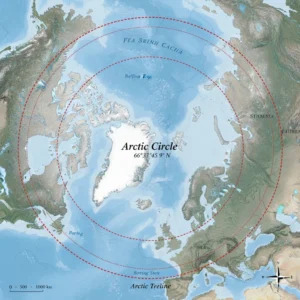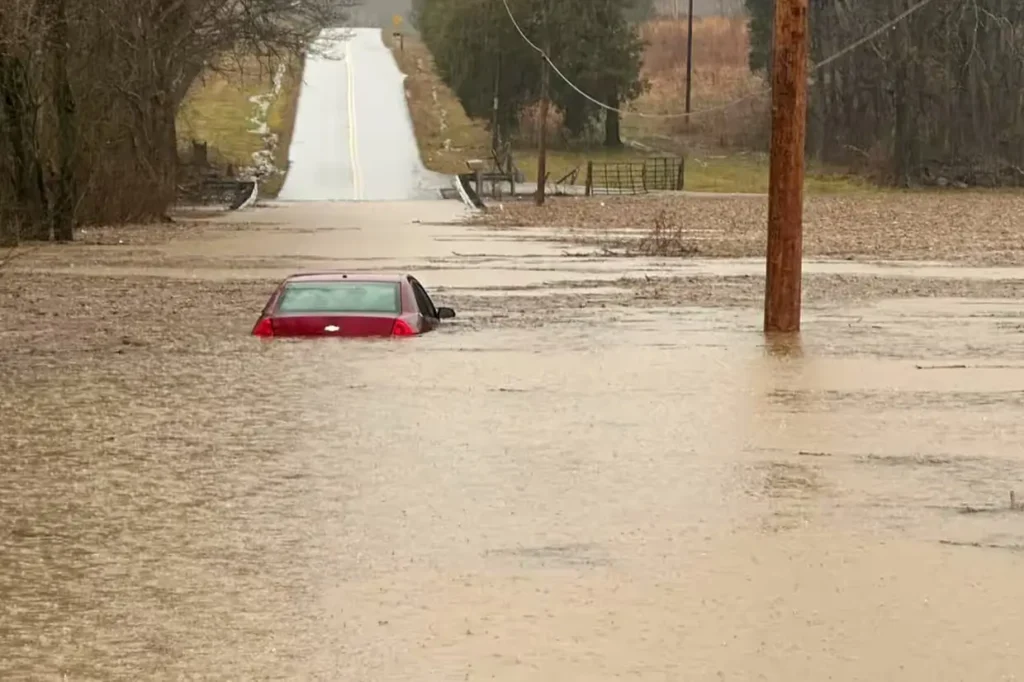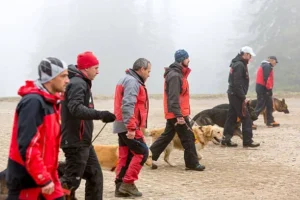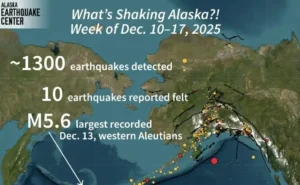Deadly storms pounded the southeastern United States over the weekend, causing Kentucky flash flood that killed at least nine people. Heavy rains submerged roads, destroyed homes and left hundreds stranded in vehicles. Governor Andy Beshear confirmed eight deaths in Kentucky and warned that the number could rise.
In Georgia, a 9th fatality occurred when a tree crashed into a man’s home while he slept. Emergency crews rushed to rescue trapped residents as floodwaters surged. Authorities advised people to stay indoors and avoid travel as conditions remain hazardous.
The National Weather Service reported that some Kentucky areas received up to six inches of rain, triggering dangerous flash floods. Rising river levels created life-threatening conditions, forcing many to flee their homes.
Officials confirmed over 300 road closures as floodwaters blocked key routes across the state. Storm-related alerts remained in effect across Kentucky, Georgia, Alabama, Mississippi, Tennessee, Virginia, West Virginia, and North Carolina. These states had already suffered severe damages in September from Hurricane Helene.
Meteorologists warned that worsening conditions could bring further devastation in the coming days. By Sunday night, power outages had impacted more than 500,000 households across the region. Crews worked tirelessly to restore electricity, but ongoing storms complicated repair efforts.
In Tennessee’s Obion County, a levee breach caused sudden flooding, prompting urgent evacuation orders for residents. Governor Beshear submitted an emergency disaster declaration request to the White House.
President Donald Trump approved the declaration on Sunday, allowing FEMA to coordinate relief efforts. Officials cautioned that floodwaters would continue rising, worsening conditions in affected communities.
Governor Patrick Morrisey declared a state emergency in West Virginia in 13 countries as flood risks escalated. Federal and state agencies collaborated to deliver emergency aid and shelter for the displaced.
Meanwhile, Meteorologists tracked a polar vortex moving toward the northern Rocky Mountains, bringing frigid temperatures to Colorado and beyond. Denver prepared emergency shelters for its homeless population as temperatures threatened to drop below 14°F. As rescue operations continued, authorities stressed the importance of caution. With flood waters still rising, the flash floods remain a dire threat.












